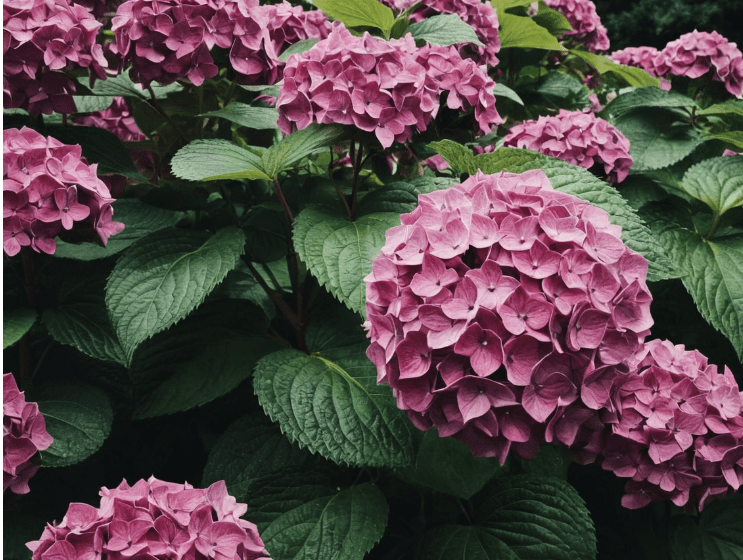
Hydrangeas steal the show in many gardens with their voluminous blooms and vibrant colors. But even these low-maintenance beauties can fall victim to disease. Early detection and proper treatment are crucial for keeping your hydrangeas healthy and producing stunning flowers year after year.
This article will equip you to identify common hydrangea diseases, understand their causes, and implement effective prevention and treatment strategies.
Common Hydrangea Diseases and How to Fight Back
1. Powdery Mildew
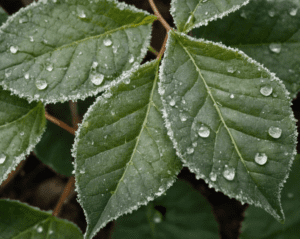
This fungal disease is white or grayish powdery patches on leaves, stems, and flowers.
- Symptoms: Look for white or gray powdery growths, stunted growth, distorted leaves, and premature leaf drop.
- Prevention: Ensure good air circulation by planting hydrangeas with adequate space. Water at the base of the plant to avoid wetting leaves. Apply fungicides containing sulfur or potassium bicarbonate at the first sign of infection.
- Treatment: Apply fungicides containing sulfur or potassium bicarbonate according to label instructions.
2. Leaf Spot Diseases

Various fungi and bacteria cause leaf spot diseases, resulting in brown or black spots on the leaves.
- Symptoms: Watch out for brown or black spots on leaves, yellowing and dropping of affected leaves, and reduced plant vigor.
- Prevention: Sanitation is key. Promptly remove and dispose of infected leaves. Opt for hydrangea varieties known for their resistance to leaf spots. Use fungicides like chlorothalonil or mancozeb as a preventative measure.
- Treatment: Remove and dispose of infected leaves. Apply fungicides like chlorothalonil or mancozeb according to label instructions.
3. Botrytis Blight (Gray Mold)
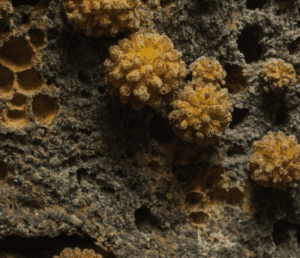
This fungal disease thrives in cool, damp conditions, causing flowers and leaves to rot.
- Symptoms: Look for gray mold on flowers and leaves, wilting and browning of affected areas, and blossom rot.
- Prevention: Ensure proper drainage and avoid overwatering. Regularly prune and remove diseased plant parts. Apply fungicides like fenhexamid or thiophanate-methyl when conditions favor the disease.
- Treatment: Prune and remove affected plant parts. Apply fungicides like fenhexamid or thiophanate-methyl according to label instructions.
4. Bacterial Wilt
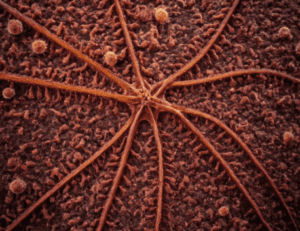
This severe disease causes a sudden decline in hydrangeas, leading to wilting and death.
- Symptoms: Be alert for sudden wilting of leaves, brown streaks on stems, and overall plant collapse.
- Prevention: Maintain healthy soil with good drainage. Disinfect gardening tools regularly to prevent the spread of bacteria. Choose hydrangea varieties resistant to bacterial wilt.
- Treatment: Unfortunately, there’s no cure for bacterial wilt. Remove and destroy infected plants to prevent further spread. Practice good sanitation and plant-resistant varieties.
5. Chlorosis
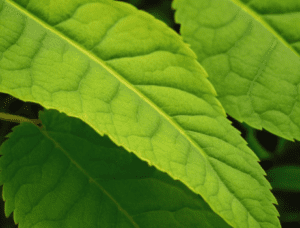
This condition isn’t a disease but a nutrient deficiency that causes leaves to turn yellow due to a lack of chlorophyll.
- Symptoms: Yellowing leaves with green veins, stunted growth, and poor blooming are signs of chlorosis.
- Prevention: Test your soil pH and adjust it to a range between 5.5 and 6.5, which is ideal for hydrangeas. Apply iron chelates to the soil or foliage to address iron deficiency, a common cause of chlorosis. Ensure balanced fertilization with adequate micronutrients.
- Treatment: Apply iron chelates according to label instructions and adjust soil pH if necessary.
6. Hydrangea Mosaic Virus
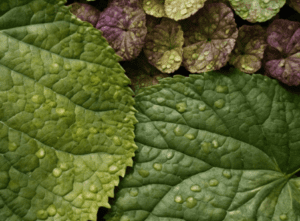
This virus causes mottled or mosaic patterns to develop on leaves.
- Symptoms: Look for mottled or mosaic leaf patterns, leaf distortion, and reduced plant vigor.
- Prevention: Purchase virus-free plants from reputable nurseries. Regularly inspect your hydrangeas and remove and destroy any infected plants to prevent the spread of the virus. Manage insect vectors like aphids that can transmit the virus.
- Treatment: There’s no cure for hydrangea mosaic virus. Remove and destroy infected plants to prevent further spread. Practice good sanitation and use insect control methods to manage aphid populations.
Best Practices for Maintaining Healthy Hydrangeas
Prevention is always better than cure! Here are some essential practices to keep your hydrangeas thriving:
- Proper Watering: Hydrangeas love consistent moisture but hate soggy soil. Water deeply at the base of the plant, especially during dry periods.
- Mulching: Apply a layer of organic mulch like bark chips or compost around your hydrangeas. Mulch helps retain moisture, regulate soil temperature, and suppress weeds.
- Pruning: Prune your hydrangeas to remove dead or diseased wood and to shape the plant. Pruning techniques and timing vary depending on the hydrangea variety.
- Fertilization: Fertilize your hydrangeas in early spring with a balanced, slow-release fertilizer. Avoid fertilizers high in nitrogen, which can promote excessive foliage growth at the expense of blooms.
- Monitoring and Maintenance: Regularly inspect your hydrangeas for signs of disease or pest infestation. Early detection and treatment are key to preventing problems from escalating.
Conclusion
You can keep your hydrangeas healthy and vibrant throughout the season with proper care and knowledge. By understanding common hydrangea diseases, their symptoms, and effective prevention and treatment methods, you can ensure your favorite flowering shrubs continue to grace your garden with their beauty for years to come.
Bonus Tip: Consider incorporating disease-resistant hydrangea varieties into your landscaping plans. Many beautiful hydrangeas are naturally more resistant to common diseases, saving you time and effort in the long run.

























